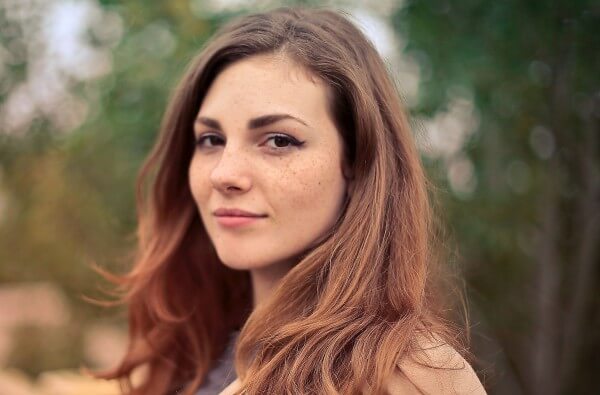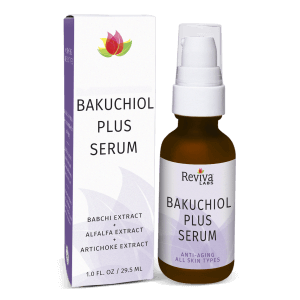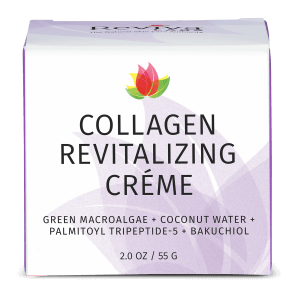Ingredients, Skin Care
TikTok skincare trends happening in 2023
Love it or hate it TikTok is influencing skincare trends (and many others) due to its popularity. Some trends are good, some are simply new spins on old ideas while some are simply inaccurate or potentially bad for your skin. Here’s a few that popped up recently in a Skininc.com post “7 TikTok Trends Changing Skin Care” by Maggie Walker – along with our quick opinion on each.
Jello Skin
A new spin on an old idea. Taking care of yourself from the inside out will have benefits for your skin too. Eating and living healthy and taking care of your skin aren’t new or unique ideas. Jello is simply an acronym for these “steps” with the “o” representing “old is not bad” – which isn’t a new idea either. This is a good concept for living in general and should help your skin.
Snail Mucin
This isn’t really a new trend. It’s been popularized for many years originating from K-Beauty and likely found a new life with a new generation on TikTok. I even recall when snail facials were a big trend – where instead of using the extracts form the snail excretions these facials literally had snails crawl over your face. While ancient healing traditions have used snail mucin for a myriad of healing treatments the scientific evidence is limited. And many of the effects of snail mucin can be replicated via alternative methods that leave the snails behind.
Retinol Sandwiching
This is a good trend. It attempts to alleviate the issues related to the use of retinol. By sandwiching the application of retinol between two applications of moisturizer the idea is you can potentially avoid some of the problems, such as irritation and dryness, that retinol can cause. There’s certainly no downside to this approach and could help many people avoid the issues with retinol. Though even still, some folks will simply be reactive to retinol regardless. For this later group, fortunately, bakuchiol is gaining popularity as a natural retinol alternative.
Skin Cycling
It’s really just a modern spin on layering and alternating products according to a schedule. The basic concept is sound and has been advocated for by Reviva and others for decades, with a less catchy name. The idea is to cycle through a 4-step routine using exfoliation and retinols and other treatments over the sequence of a few days so that your skin can acclimate to each. The premise is to avoid overwhelming the skin, giving it time to heal, between application of key ingredients that can potentially cause irritation.
Reverse Skin Care
Definitely, this is one of the no-so-good TikTok trends. The application methodology of lighter (or less dense) serums through to heavier moisturizers is not only time-tested but also generally the practical way skincare products are developed. They’re formulated to be applied in a sequence. When you reverse this process – you apply a heavier, denser layer first, which will present an absorption hinderance to the subsequent product applications. It just doesn’t make much sense and in some instance could cause skin issues. We’d definitely vote no on this trend.
Red Light Skin Care
A bright and interesting trend that’s moved downstream from clinical light therapies to mass market opportunities as light emitting masks have become more affordable. There are some studies that indicate the benefits of light therapy, but consumer level products might vary in their overall effectiveness. This trend likely won’t harm your skin if the product is safe… but do use caution and always protect your eyes during use.
Salmon Sperm
One of the newest trends to emerge from the K-Beauty ecosystem. It suggests the use of salmon pdrn, which stands for polydeoxyribonucleotides, an extract derived from salmon sperm that reduced inflammation and promotes healing. New skincare ingredients arrive daily. Though some, like this one, are unique in their appeal. For us, we’d wait on more research to arrive on this trend. It’s likely, reminiscent of the snail mucin, there are already better researched and proven methods for achieving similar results. Though admittedly, salmon sperm certainly has an interesting marketing spin to it.
TikTok isn’t the best place for skincare advice
Much like google is not your friend when trying to diagnose an illness – TikTok is generally not the best place to seek out skincare guidance. If you’re looking for skincare help talk to an aesthetician or a dermatologist or sign-up for a free virtual skincare consultation. In each of the later scenarios you’ll receive better one on one guidance based on your skincare concerns, objectives, and your skin type and condition. It’s our opinion, you’ll do best to skip the TikTok trends and instead seek out the guidance from skincare professionals.











